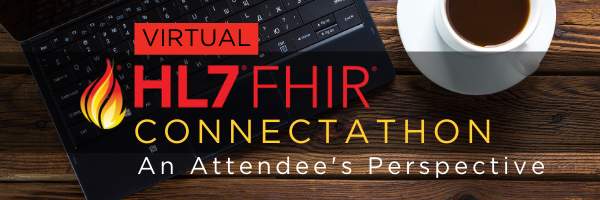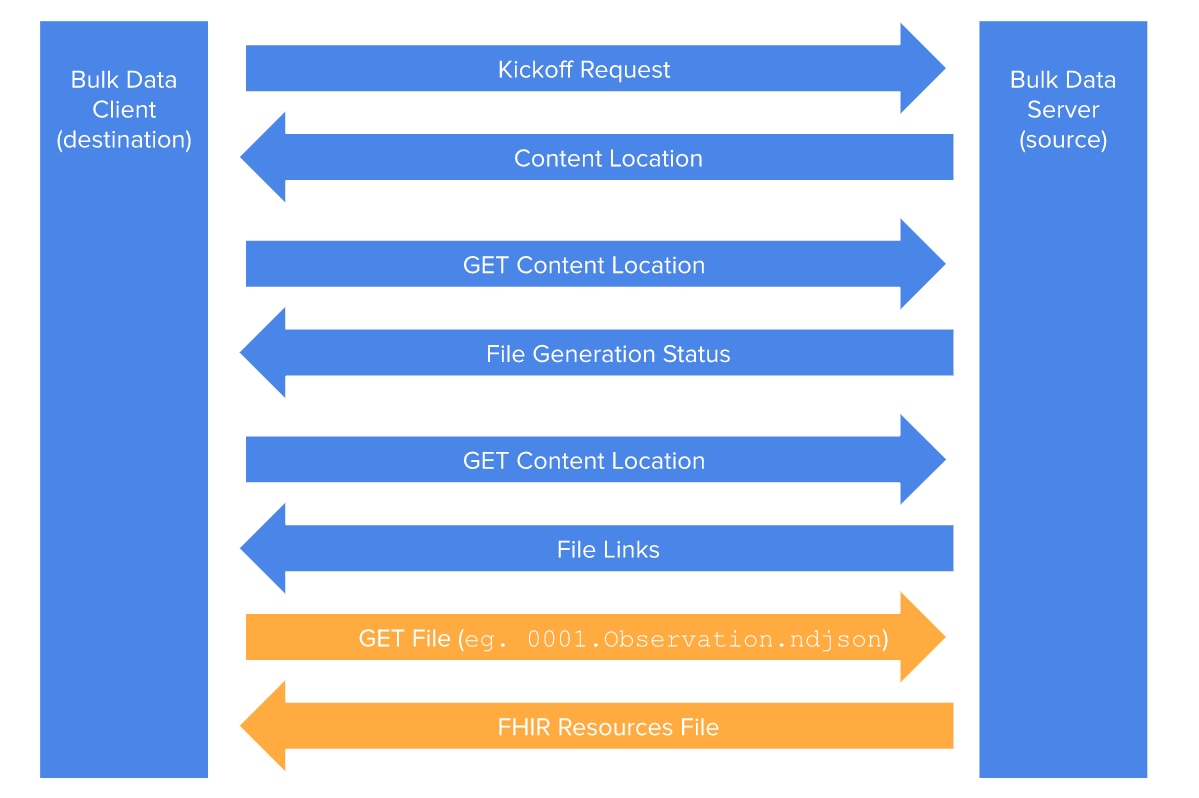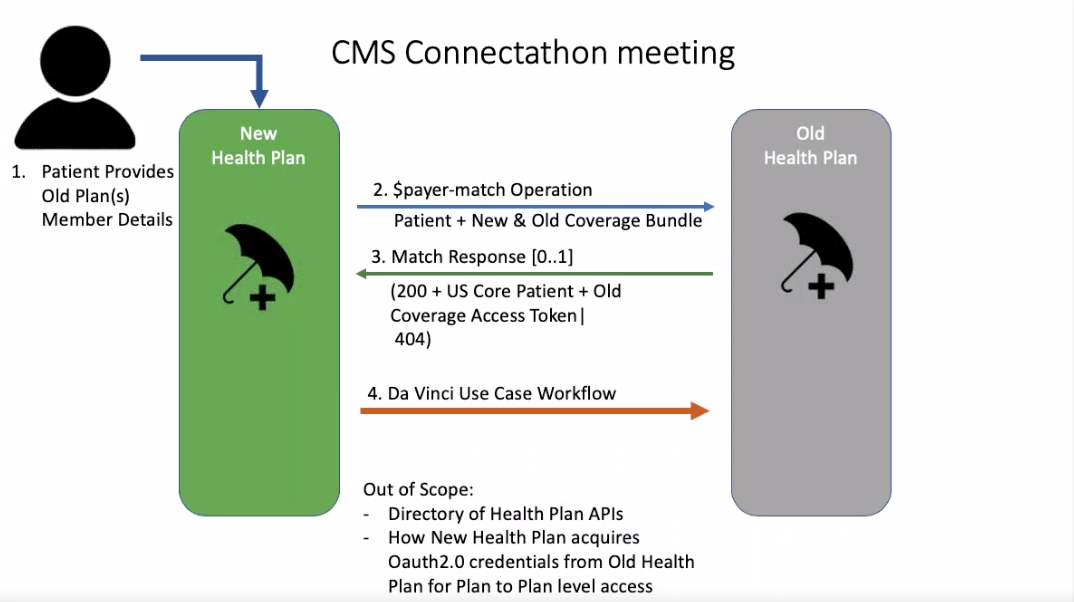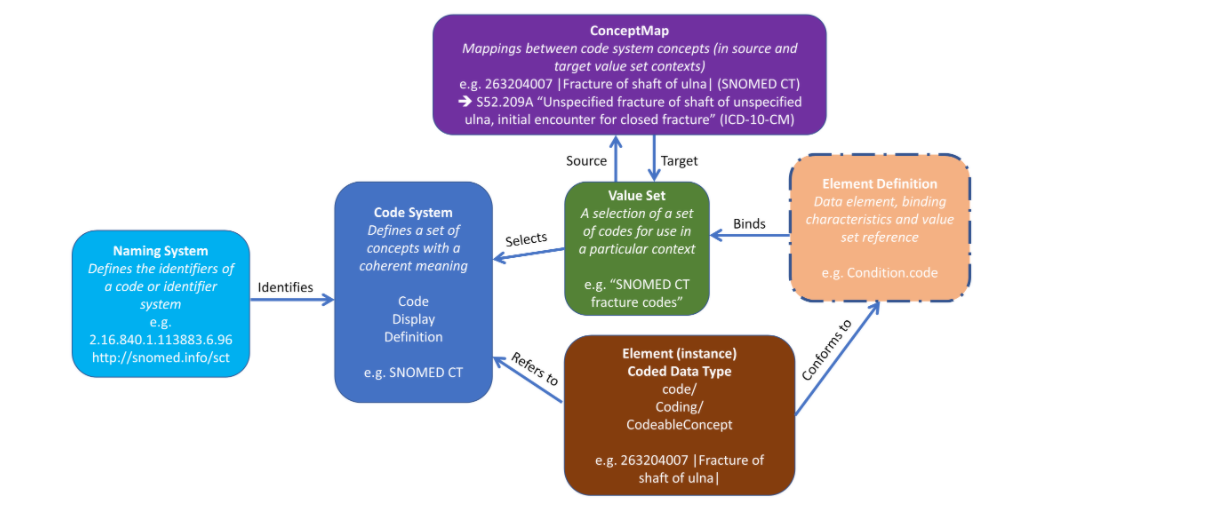
Due to COVID-19, most of the in-person conferences have been changed to virtual events. I recently attended my first-ever fully online technology conference, the Virtual HL7 FHIR Connectathon. This article details my experience and recommendations, in general, for all future conferences post-COVID-19.
Introduction
First, let me give my kudos to HL7 Fast Healthcare Interoperability Resources (FHIR) Product Director Grahame Grieve, the planning team, track leads, FHIR community and HL7 for the excellent execution of the Virtual FHIR Connectathon. The conference includes healthcare data interoperability topics with different tracks, expertise and both technical non-technical skills.
I have attended many in-person conferences in the past. Over time, I realized people attend conferences for primarily for two reasons:
- Learning new skills
- Networking
Let me share my thoughts based on my first Virtual FHIR Connectathon experience.
Learning New Skills
As my first virtual conference, I felt learning is much better in a virtual environment and more productive than in person. Some key points behind my reasoning are listed as follows:
Internet Connectivity and Machine Setup
There are many instances where we spend a lot of time at in-person conferences for hands-on workshops where we face WiFi issues. It takes time to set up the machine for the workshop. However, in virtual conference workshops these are very smooth and save a lot of time. We can get straight into the discussion which actually matters.
Interaction: Asking Questions and Clarification
Asking questions using technology platforms like Zoom meetings is much easier than in person and we can get more detailed answers. Let me give an example: I had a question on FHIR terminology binding with code systems. When I asked this question, the host immediately shared his screen and went through the spec quickly to explain the answer. I also believe it allows the host to answer more questions from participants than traditional in-person mode.
Note Taking
We will forget important learning if we don’t take notes. At in-person conferences, we tend to get busy taking many photos of the same deck or slides that are shared through a tiny url. We often tend to forget important information by doing this, which is not captured anywhere, and only passed to participants in real time by the host.
There are many other benefits of virtual events, such as the ability to easily and effectively multitask and take quick breaks. Therefore, it is my experience from my first virtual conference that these are aspects better than previous in-person events I have attended in the past. Overall, I felt I have been able to learn more while spending less time.
Networking
I believe that networking is one of the key goals for having conferences, and in a virtual environment I felt the missing the personal touch we get when meeting face-to-face. However, that may just be a temporary perception and may change in future. Initially, when we have been asked to go to a breakout session or connect with interested participants from the main conference, I felt it was challenging. I am sure other participants might have felt the same. However, it can improve over time with technology like virtual and augmented reality. We can create conference rooms using VR/AR technologies and allow participants to interact with greater ease.
In spite of having potential technology, networking has greater value when face-to-face. I believe that developing a hybrid conference could be the best solution for the future.
Cost and Scale
Virtual conferences can be organized at much lower costs and with greater scale.
Future of Tech Conference Should be Hybrid
I think all learning components of technology conference can be completely moved to virtual platforms to allow participants to join remotely. There are many participants who primarily attend conferences for learning only rather than to network. Many of these individuals will not attend due to cost issues or schedule issues. Thus, it is my belief that interactive virtual conferences can attract more participants.
However, I also believe that conferences should have in-person and virtual networking components as well.
Key Takeaways from the FHIR Connectathon
I was able to take advantage of the Virtual FHIR Connectathon and participate in four different tracks. Imagine if, as a first-time attendee at an in-person connectathon, I use my limited knowledge of what track to attend first and end up going to an incorrect track or session. In this case it if it's an in-person conference where I have limited knowledge on which track I should go first, and I end up going to an incorrect track or session. In this case, it can be very difficult to know what to do next and fear I may appear offensive if I leave the room to enter a different one. Sometime after the conference session starts, it's often not allowed to switch rooms. You may also encounter long lines. I remember the last time I attended a JavaOne conference, I had to stand in a line for at least one and half hours to register for the conference.
I attended the following tracks at the Virtual FHIR Connectathon and thank all the track leads for their excellent execution:
- Bulk Data Track
- Da Vinci Payer Data Exchange
- CARIN Consumer Directed Payer Data Exchange (CARIN Blue Button)
- Terminology Services Track
Bulk Data Track
I have learned that existing FHIR APIs work well for accessing small amounts of data, but large exports which involve hundreds of thousands of bulk data exports require a different approach. This approach is still at its early stage as a standard for trial use (STU) and is not yet part of core FHIR specification. Please see below for a high level design and architecture of FHIR Bulk Data API.

Figure 1 - Shows how Bulk API transaction flows. Courtesy BulkDataAPI in references
Da Vinci Payer Data Exchange
This Da Vinci Payer Data Exchange track deals with member data exchange among multiple health plans. When a member moves from one plan to another plan, a new health plan should be able pull the healthcare data from old plan based old plan’s patient identifiers. So, there will be appropriate member matches for health plans even after the member leaves the plan. Also, as per regulation, a member should be able retrieve their healthcare data from old plans up to five years after leaving the plan.

*Figure 2 - Shows Member data can be exchanged between health plans when members move. Courtesy Da Vinci Payer Data Exchange (PDex) Track in references
CARIN Consumer Directed Payer Data Exchange (CARIN Blue Button)
The CARIN Consumer Directed Payer Data Exchange (CARIN Blue Button) is similar to the CMS Blue Button implementation where members will be able access their healthcare data and will also be able share their healthcare data with other covered entities of their choice. The rule states if the payer has received the patient’s clinical data from the provider, then the payer will be accountable to share the same with patients or members. The focus of the CARIN Blue Button® Project is to develop a consumer payer data set (similar to CMS Medicare Blue Button® 2.0) and corresponding implementation guide for the set of resources that payers can display to consumers via a FHIR API.
Terminology Services Track
This track primarily deals with semantic interoperability aspects of FHIR in that it deals with different coding systems and value sets. (e.g. allows claims processing providers to use different procedure codes and diagnostics codes). They vary based on the country and the coding system they use. For example, in the U.S., ICD & CPT is widely used because in most cases they are required for medical billing.
The terminology module in FHIR defines operations like $validate-code, $lookup, and $find-match, which are used to provide the terminology service functionality required for supporting the use of coded data in FHIR resources throughout the specification. The management and proper use of terminology is fundamental to effective interoperable data exchange.

*Figure 3 - The primary terminology-related structures and their relationships are shown above. Courtesy terminology-module in FHIR specification. Refer references Terminology-module
Please join the HL7 FHIR community here: https://chat.fhir.org/.
Disclaimer: This article is my individual option and does not reflect endorsement or representation from my company or any other organization.
References
http://www.hl7.org/fhir/index.html
https://www.hl7.org/events/fhir/connectathon/2020/05/
https://confluence.hl7.org/display/FHIR/2020-02+Connectathon+23
https://confluence.hl7.org/display/DVP/HL7+Da+Vinci+PDex+%24member-match
Bulk Data API
Da Vinci Payer Data Exchange (PDex) Track
Different Code Systems
http://www.hl7.org/fhir/terminologies-systems.html
Terminology-module
http://www.hl7.org/fhir/terminology-module.html
http://www.hl7.org/fhir/terminology-module.html
Terminology Service Track
https://confluence.hl7.org/display/FHIR/2020-05+Terminology+Services+Track


